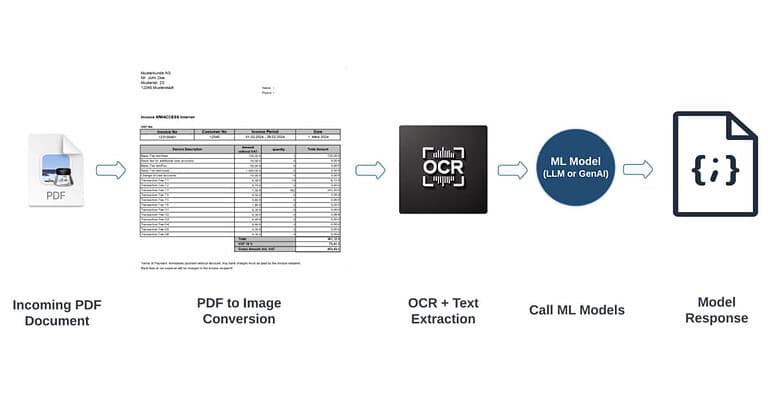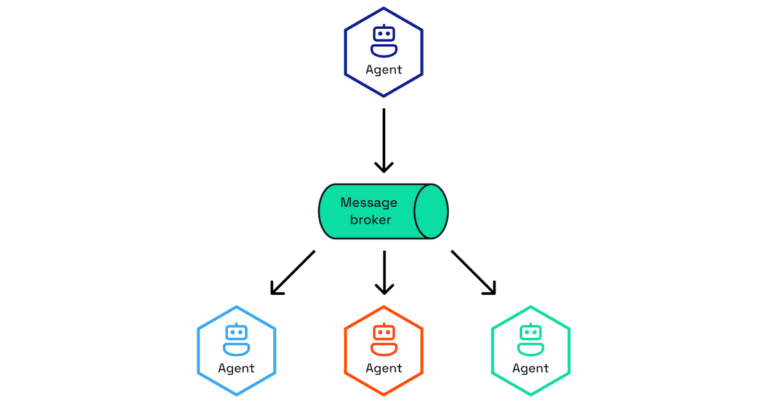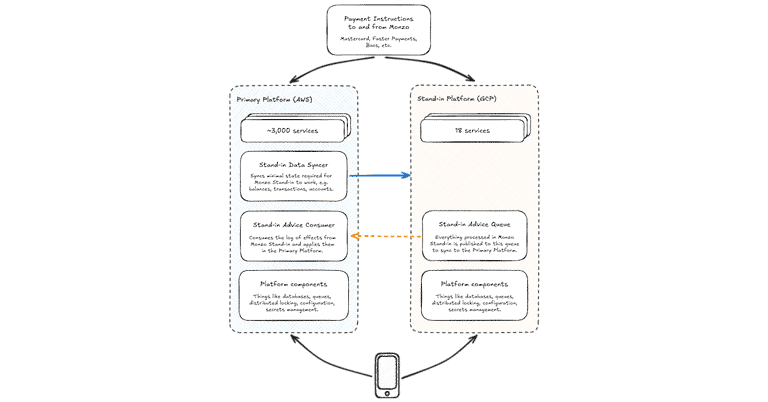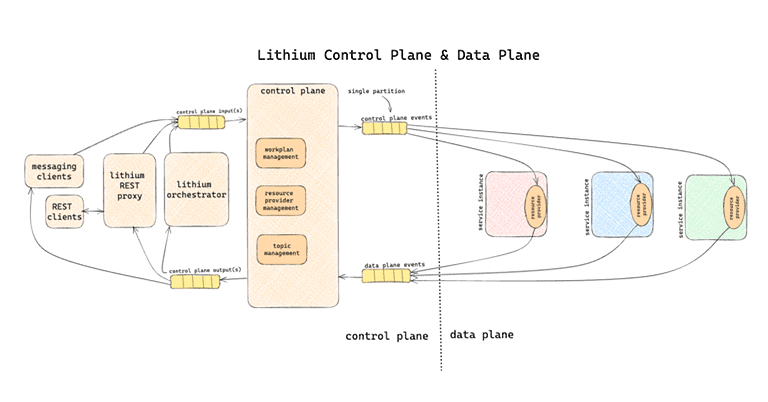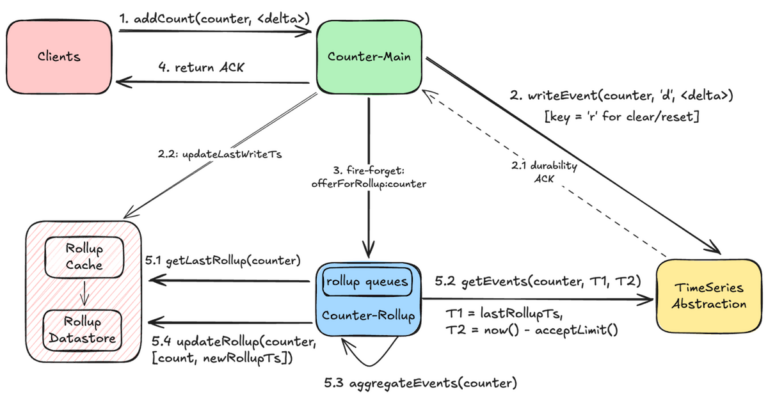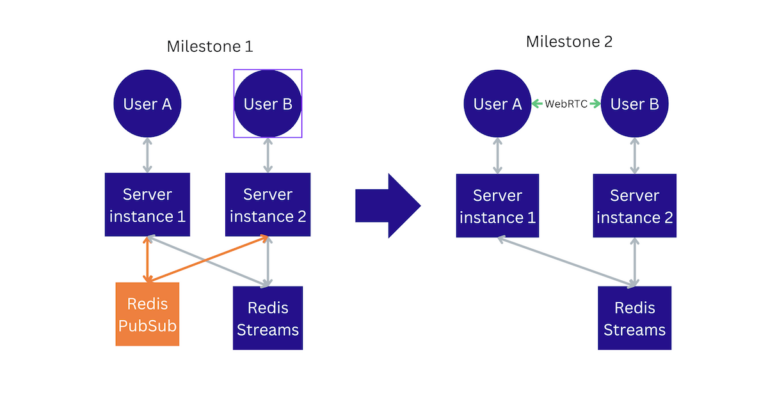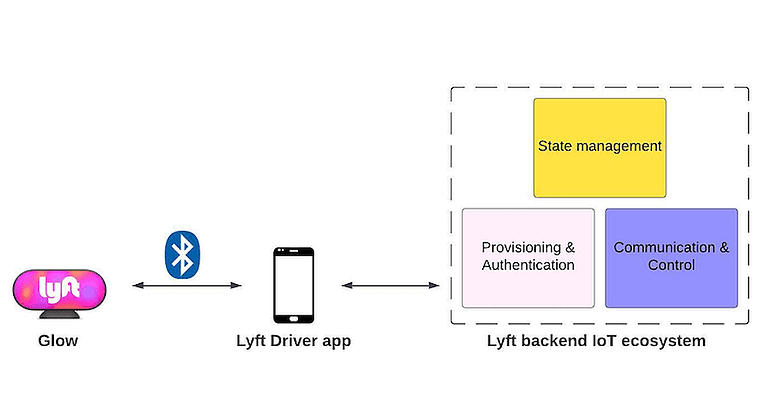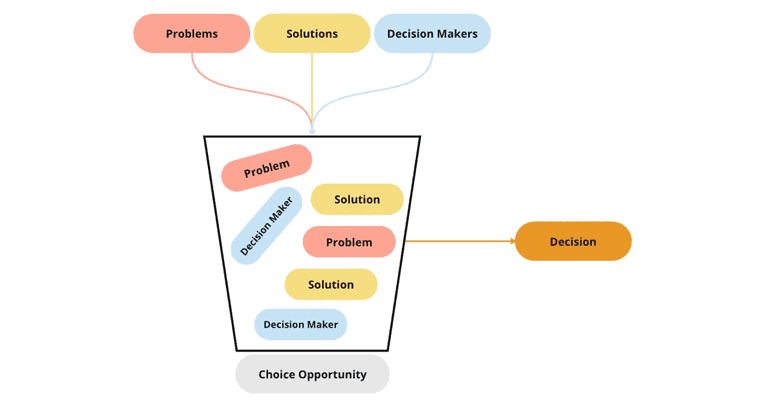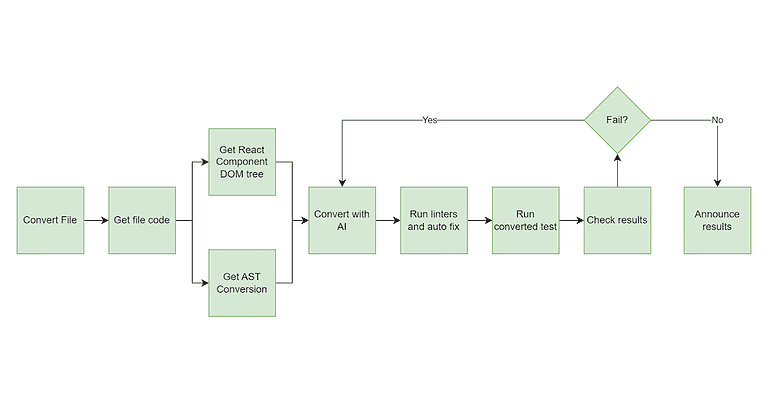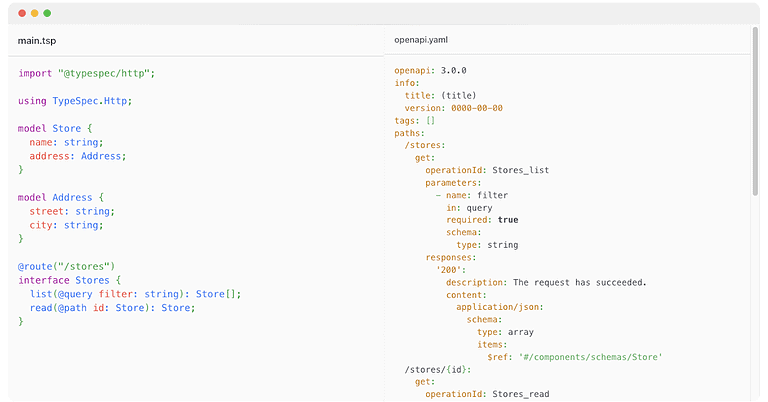Scaling Financial Operations: Uber’s GenAI-Powered Approach to Invoice Automation
Uber recently described a GenAI-powered invoice processing system that reduced manual effort by 2x, cut handling time by 70%, and delivered 25–30% cost savings. By leveraging GPT-4 and a modular platform called TextSense, Uber improved data accuracy by 90%, enabling globally scalable, efficient, and highly automated financial operations. Read more on InfoQ

